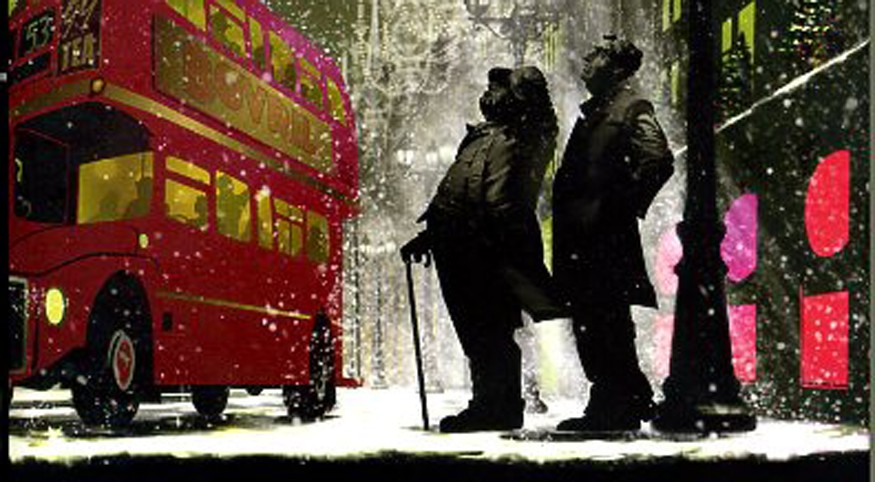
Like all the best fictional detective partnerships, Bryant & May are like chalk and cheese on the one hand, but can be more like port and Stilton when occasion demands. John May is the ‘normal’ one. He has a family, albeit one with problems, enjoys female company, dresses well, and knows how and when to deal with people of lesser ability who just happen to be the boss. If any physical exertion is required, he’s the one with some semblance of a physical presence. Arthur Bryant is older than his friend, unkempt, shambolic in his personal habits, dangerously forgetful, but with a mind like a scalpel. He is frequently rude and abrasive, but has an arcane knowledge of the world and its doings that would overload any database yet constructed. He masks this erudition by behaving like an octogenarian schoolboy. Turning out his overcoat pockets is likely to reveal a conker on a string, a 1949 tram ticket or the remains of a bag of sherbet lemons.
There are several ever-present themes in the stories. One is an acute awareness of the hidden topography of London. In The Water Room (2004), the plot hinges on the fact that beneath the streets of London there are a myriad of buried streams and rivers which once bisected the capital above ground. (Ben Aaronovitch used a similar theme in Rivers of London seven years later.) The city’s abundance of largely Victorian theatres comes to the fore in Full Dark House and The Memory of Blood (2012).
While buildings take on a life of their own, human beings – real and fictional – exert an influence. In Ten-second Staircase (2006) the spectre of an infamous highwayman haunts the narrative, and in On the Loose (2010), a horrific antler-wearing apparition reminiscent of the legendary Herne the Hunter terrorises developers and builders in Fowler’s own backyard, the King’s Cross district.
It should not be thought that the eccentric pair plough their lonely furrow under the benevolent gaze of their professional and political bosses. The regular police and, more crucially, the inhabitants of those dark, satanic towers at The Home Office, despise Bryant and May with a vengeance. The senior citizens had no more implacable enemy than the saturnine Oscar Kasavian who, despite his name, was a senior man in that department. When his exotic Albanian wife shows all the signs of becoming unhinged, the acerbic civil servant swallows his pride and calls in Bryant and May to investigate in The Invisible Code (2012). You can read our review.
Every good series needs its walk-on parts, and there is a vibrant cast of others who populate the novels. We have the voluptuous bottle-blonde 1950s starlet, otherwise known as DS Janice Longbright. To my eternal shame, whenever Janice appears, I cannot get rid of the image of Mandy, Dick Emery’s immortal drag persona. Raymond Land is the Acting Temporary Chief of the PCU, and is one of life’s Great Administrators. By their paperclips ye shall know them – and Land recoils in horror at the ramshackle ways of his senior detectives. Fowler has a way with names, rather like Dickens and Hardy, and Arthur’s long-suffering Antiguan landlady, Alma Sorrowbridge, couldn’t have been better named by either of those literary giants.
Arthur and John rarely stray beyond the M25 motorway that circles the city, and Arthur in particular becomes more ill at ease the further he travels from Waterloo Bridge. However, in White Corridor (2008) our men are stranded in a West Country snowdrift while, back at home, a PCU officer has been killed. Two hundred miles of snowbound road and a dire mobile phone signal notwithstanding, the two elderly gents manage to outwit a ruthless killer as well as wrap up the PCU murder. We have reviewed The Bleeding Heart (2014) and The Burning Man (2015). The most recent Bryant and May book is London’s Glory and instead of being a novel it’s filled with short stories. We’ve reviewed that too.
Christopher Fowler spoke to us earlier in 2015 in this interview.The next in the series will be Strange Tide, the 13th book, released in March 2016.